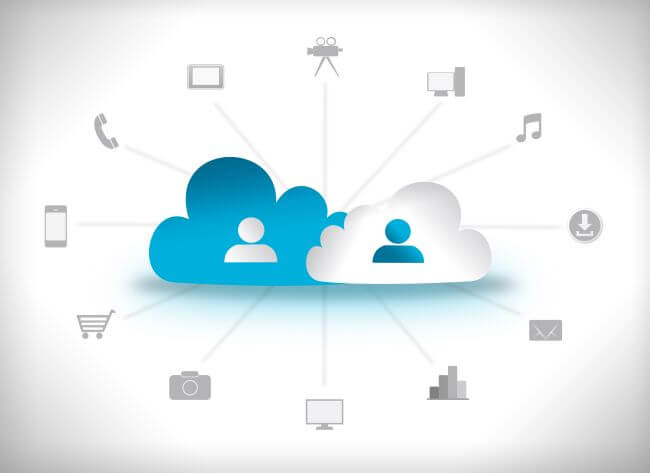
For small and medium-sized companies, the traditional IT model of an on-premises network built and operated with an in-house IT staff is often fraught with problems. IT teams are stretched to capacity simply keeping the lights on and there are always going to be issues with systems performance, network reliability, end user productivity, data recovery, security and the help desk. Staffing is another constant challenge. And if companies decide to outsource some IT functions, they end up with multiple service providers, which creates additional headaches.
The problem is highlighted in the 2018 State of the CIO survey conducted by CIO Magazine, in which CIOs said their role is becoming more digital and innovation focused, but they don’t have time to address those pressing needs because they are bogged down with functional duties.
The common business challenges reported in the survey are often symptoms of needs that are misaligned with technologies and service providers, plus the lack of budget to address the problems. Those challenges typically revolve around:
- security and disaster recovery
- lost productivity due to downtime and end users waiting for support
- shadow IT and users not following security training
- escalating or unpredictable costs
- outdated infrastructure
- shortage of talent
- multiple tech providers and systems working at cross-purposes
Smaller businesses that may have turned to traditional managed service providers quickly discover these services lack seamlessness and result in reactive support challenges. According to the Ponemon Institute’s State of Endpoint Security Risk Report, 80% of these reactive issues can be eliminated through standardization and automation.
Moving to a cloud-based IT infrastructure

Cloud-automated IT services can address these challenges and free up IT teams so they can align their strategies with the business. Cloud-automated IT does all this by providing seamless, proactive support, enterprise-level security and compliance, redundant systems, highly available virtual desktops, continuous upgrades, predictable costs and improved end user productivity. The cloud-based IT infrastructure is managed by a team of experienced, knowledgeable, highly trained professionals who apply industry best practices.
Aligning the technologies in the IT infrastructure and having experts managing them delivers several key benefits:
- Cost predictability: Not only are ongoing costs for an IT infrastructure that supports the business predictable and easy to budget for, surprise costs for disasters like outages, ransomware and security breaches are essentially eliminated.
![]()
- Reduced Friction and Risk: By standardizing on best-in-class, constantly updated technologies, friction is reduced between equipment, vendors, integration points, and service providers. This results in stronger security, performance, and ease of use.

- User Satisfaction and Productivity: If you’ve ever muddled through a few days of work on a loaner laptop you understand how important the user experience is to employee satisfaction and productivity. VDI and proactive management deliver a better computing experience and increased productivity. Instances can be refreshed just like you would with a cell phone.

With cloud-automated IT, the entire IT infrastructure moves to the cloud in a well-planned, efficient manner. The service provider helps create a personalized upgrade plan based on the specific needs of the organization, does a health check on existing applications, makes sure everything is configured properly and updates applications to the latest releases.
And cloud-automated IT goes far beyond simply lifting and shifting existing systems to the cloud. It is a holistic approach that aligns cutting-edge technologies and fully managed services to provide smaller companies enterprise-grade IT that can make a significant impact on the security and effectiveness of the business.






